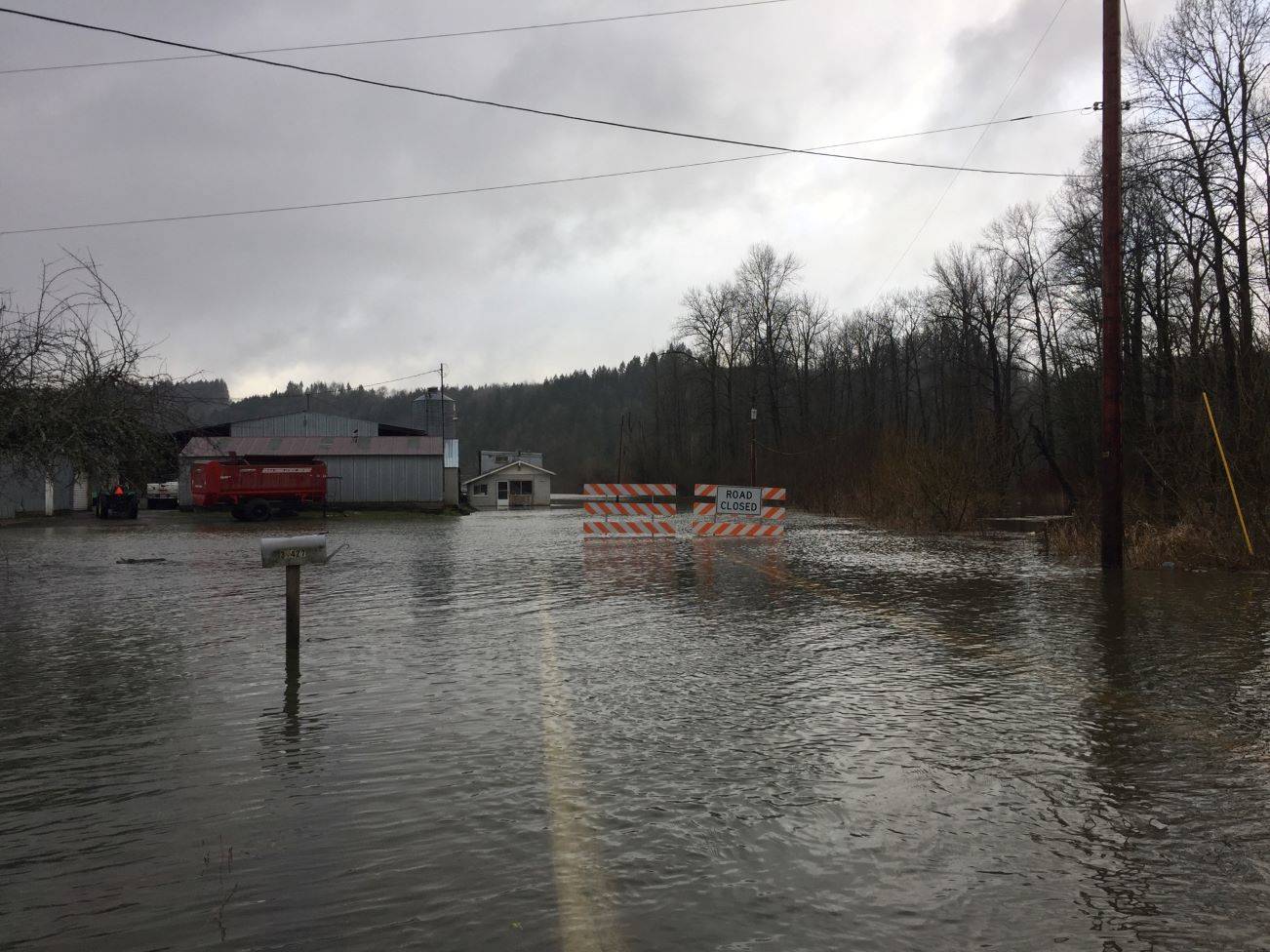A long list of flood improvement projects could be funded by the King County Flood Control District, including many in the Snoqualmie Valley.
In total, jurisdictions across the county requested nearly $6 million for flood mitigation projects ranging from home elevations to road improvements. Some highlighted projects include:
■ The Bendigo setback in North Bend, which would provide the city a cost-shared portion of its $8.4 million levee setback project. The levee overflows during substantial floods and inundates railway lines and roadways. The project would reconnect 25 acres of floodplain and build a new levee.
■ Several projects upgrading levees or examining the possibility of conducting channel mitigation work in North Bend.
■ Another residential flood mitigation program, worth $12.5 million in total, that would buy out 18 homes at risk of channel migration along the Snoqualmie Middle Fork.
■ A similar project could receive funding in Snoqualmie. The project will continue to acquire or elevate flood-prone structures in the upper Snoqualmie basin. The amount requested this year was around $300,000. But the total project is expected to reach nearly $27 million.
■ Another project that could be partially funded is the repair of 200 linear feet of facility that is missing rock face from stream scour in the city of Snoqualmie. Erosion is impacting areas of the city, including the city’s planned Riverwalk park and trail project.
Countywide, there are more than 500 flood-prone facilities with an estimated assessed value of more than $7 billion. Some 25,000 acres of land lie within a 100-year flood plane.
King County Council member and Flood Control District board member Kathy Lambert said they have been talking with municipalities across the county to figure out what projects are most needed.
She also said gauge projects, like those undertaken by the Snoqualmie Valley Preservation Alliance, will help give residents of the valley a heads up when floods are on their way.
“Those things will help protect people in giving them updated information on when the peaks will happen,” she said.
But there is a financial cliff on the horizon for the district, Lambert said. In 2020, it was projected that the district’s cash balance would be almost $100 million. But by 2026, financial projections show the district’s funds drying up. It’s a similar situation facing the county’s roads department.
It concerns Lambert, who said there are no plans for sustainability in unincorporated areas as more and more territory and population (the county’s tax base) shrinks. This means there are fewer people paying a bigger portion of the bills for flood mitigation and road and bridge maintenance.


